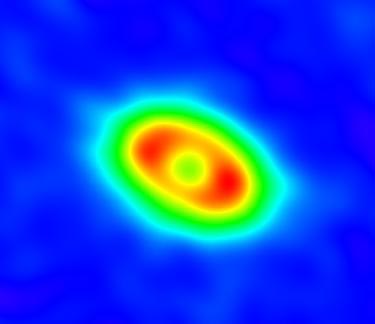
A false-color image of the circumstellar transition disk around the star LkCa15, taken at submillimeter wavelengths. Credit: S. Andrews
New research from the Harvard-Smithsonian Center for Astrophysics reveals that the most probable explanation for the inner gap in transition disks is the influence of one or more giant planets orbiting nearby.
A star is typically born with a disk of gas and dust encircling it, from which planets develop as dust grains in the disk collide, stick together, and grow. These disks, warmed by the star to a range of temperatures above the cold, ambient interstellar material, can be detected at infrared or millimeter wavelengths, and their infrared color is used to characterize their properties. Stars older than about five million years lack evidence for these disks, however, suggesting that by this age most of the disk material has either been converted into planets or smaller bodies, accreted onto the star, or dispersed from the system. Transition disks bridge this period in disk evolution: They have not yet been disbursed, but although they are present they emit only slightly in the infrared. Their emission shows characteristically cooler temperatures, and signs that the innermost (hottest) regions have already disappeared and left a gap (or cavity) in the ring.
CfA astronomer Sean Andrews and his colleagues have been studying transition disks in nearby star-forming regions located in the constellations of Taurus and Ophiuchus. The astronomers note that the gaps in transition disks they see might have been caused by one or more of three processes: grain growth and planet formation that depleted the material, a giant planet in the vicinity that swept the region clean, or a stellar wind that blew away or evaporated the dust.
The astronomers set out to determine which of these processes was at work by comparing the properties of transition disks and normal disks. In particular, they compared the rates of mass accretion onto the star and the disk masses. They find, first of all, that these two quantities correlate well with the properties of the radiation, enabling them to control for other potential environmental variables. The transition disks tend to be associated with smaller accretion rates and larger masses than disks in the normal comparison stars, suggesting that the wind and grain growth scenarios are secondary. At least in these two star-forming regions, therefore, the team concludes that the most likely explanation for the gap is the presence of one or more giant planets.
Reference: “Demographics of Transition Discs in Ophiuchus and Taurus” by Joan R. Najita, Sean M. Andrews and James Muzerolle, July 11, 2015, MNRAS.
DOI: 10.1093/mnras/stv839

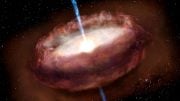

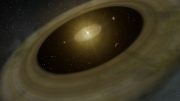
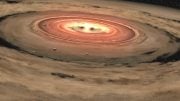

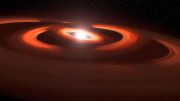
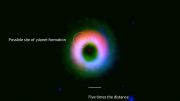
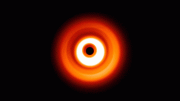
Be the first to comment on "Astronomers Detail the Demographics of Transition Discs in Ophiuchus and Taurus"